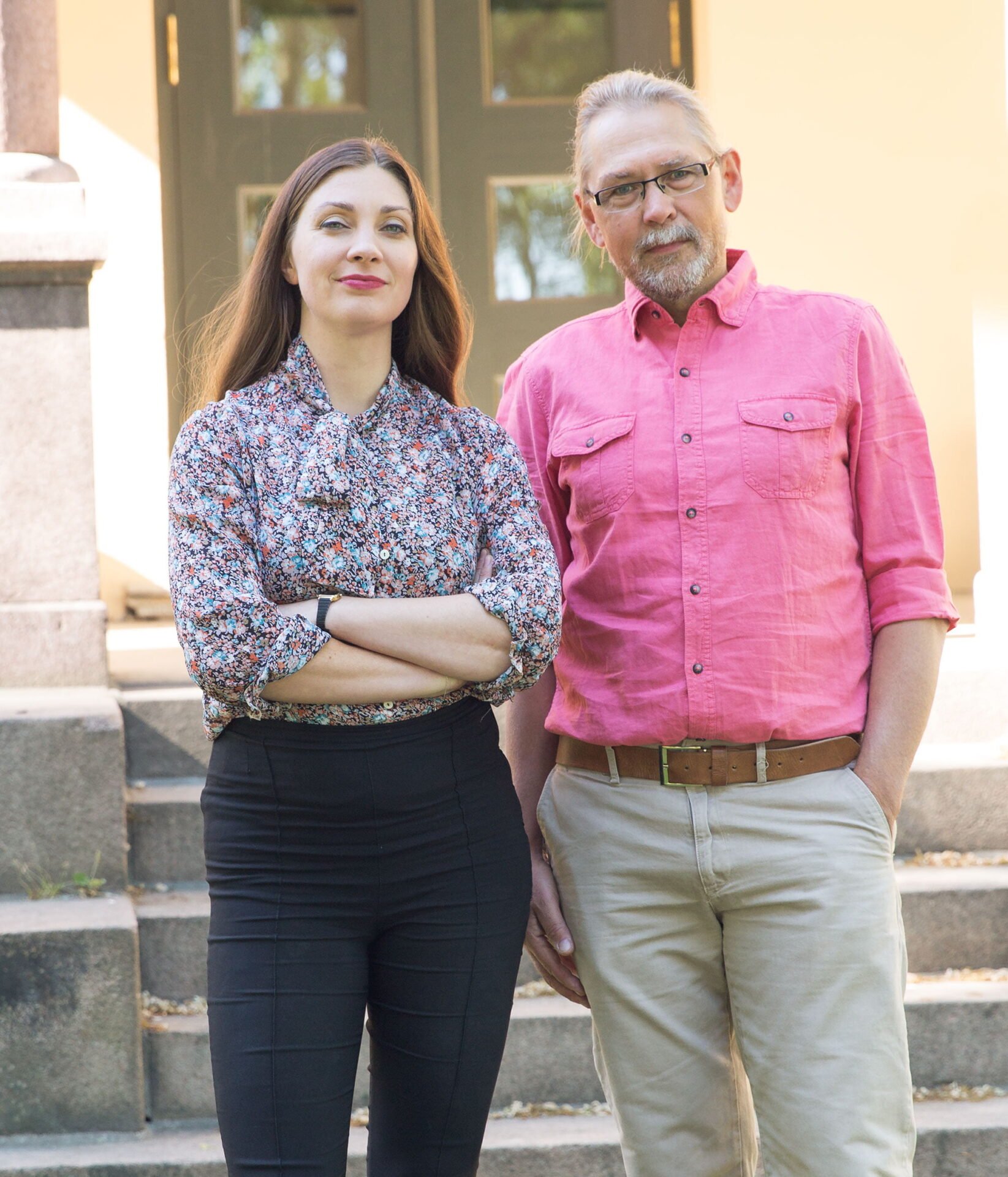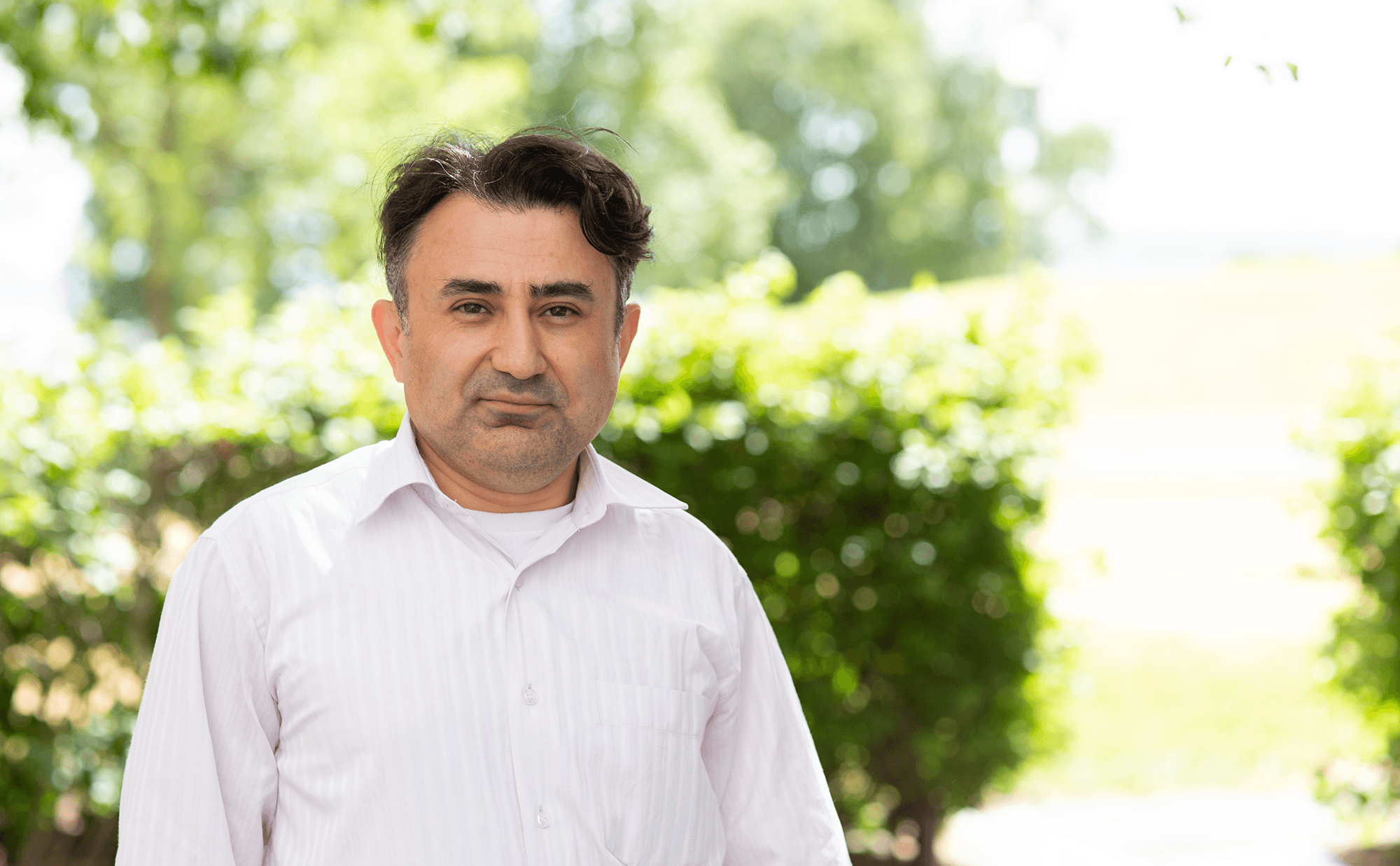A cancer diagnosis is life changing. For most patients, treatment is complex, involving a variety of medications that may include chemotherapy, immunotherapy or hormone therapy, as well as supportive medications such as anti-emetics. The drugs used to treat cancer are aggressive and can cause serious adverse effects if the dosage is too high or be ineffective in treating the disease if the dosage is not high enough.
Medication management, or the process of ensuring each patient gets the right medication, in the proper dosage at the correct time, is critical to successful treatment. A number of healthcare professionals are involved in the process – from the doctor who prescribes the medication, to the pharmacist who dispenses it, to the nurse who administers it.
Coordinating all of these tasks requires an exacting level of accuracy and precision – that’s where Omda Cytodose comes in.
The application provides comprehensive oncology decision support and medication management, enabling physicians, pharmacists and nurses to deliver safe and effective treatment to cancer patients.

– Omda Cytodose supports all aspects of medical care for cancer patients, with complete integration between every healthcare professional in the oncology treatment chain, said Emelie Ahlberg, Product Manager at Omda. – Whether prescribing, dispensing, or administering medication, the application ensures every step in the process is safe, accurate and reliable.
A History of Customer Collaboration
Omda Cytodose was conceived by clinicians at Norway’s leading cancer centre in 1998. The team required a specialized solution to support the complex workflow process in oncology, but none existed in the market, so they decided to create their own.
The application was developed in cooperation with researchers, doctors, nurses and a clinical software company, Clinsoft, officially launching in 2001.
The first version of the application supported the needs of cancer care in the early days. But with new advancements in treatment, including novel medications and protocols, teams quickly required support for managing more complex regimens.
In 2004, Clinsoft developed a new application to provide support for oncology nurses, called ELAS. The ELAS application offers electronic worksheets for nurses, delivering improved efficiency, reduced errors, and the elimination of paper.
In 2008, Omda bought Clinsoft and continued the history of customer cooperation and specialized innovation. In version 3.0, the system was enhanced to include support for oral cancer medications.
– One of the greatest features of Omda Cytodose is the system’s complexity, having been expanded and enhanced over many years, said Stein Hemma, Senior Developer at Omda.
– Today, the application includes a number of highly specialized features, from barcode technology to advanced treatment planning to the creation of custom protocols or regimens.

The system’s latest offering, driven by customer need, is the advanced courses module which allows healthcare professionals to plan and implement advanced or complicated protocols for oncology treatment, such as high-dose Methotrexate courses.
– Research into new and better ways to treat cancer is always progressing, said Ahlberg. – Omda continually works to ensure Cytodose is evolving to meet the needs of customers in this complex and life-saving area.
Delivering Safe & Effective Treatment for Cancer Patients
Today, Omda Cytodose is the #1 oncology medication software in the Nordics, with a nearly 20-year record of stability, reliability and safety. It is used by more than 40 hospitals, in both adult and pediatric wards, with millions of orders completed.
– When prescribing medication for cancer treatment, it must be right without exception, because a mistake can be devastating, said Elisabeth Ryd Ausén, Care Unit, Oncology care department, Capio S:tGöran Hospital. – Cytodose minimizes the risk of human error with a clear and distinct prescription that goes directly to the pharmacy. It’s a safe and secure way to prescribe and dispense cancer medication.
In the region of Uppsala, Sweden, the children’s hospital started using Omda Cytodose to improve patient safety, after a fatal overdose of chemotherapy medication ten years ago.
– Before Cytodose, when doctors had to calculate doses and write their orders manually, there was a higher risk of error from miscalculation or illegible writing, said Magnus Grabski, System Administrator for Cytodose/ELAS, Regional Uppsala. – The system ensures every patient gets the right medication and dosage every time.
– The application also saves time at the hospital and the pharmacy, said Grabski. – Healthcare professionals no longer have to call or visit the pharmacy to find out if a prescription is ready.
This means fewer phone calls or interruptions for the pharmacy, and a faster start to treatment for patients.
Omda Cytodose also provides instant access to a patient’s information and full traceability of any changes to patient status or medication.
– Having a common view of a patient’s treatment makes it easy for nurses to quickly see what the patient needs when it’s time to administer medication, said Anette Cederberg from the Oncology clinic at the Center for Surgery, Orthopedics and Cancer Care in Region Östergötland. – The application improves documentation and makes important information more accessible.
The Future of Innovative Medical Technologies
Many governments are imposing new and strict regulations on medical devices and the use of technology and data, such as the European Union’s General Data Protection Regulation (GDPR), which harmonize data privacy laws across Europe.
– Like many of Omda’s specialized technologies, Omda Cytodose has built-in privacy by design, said Hemma. – Patient information comes from the hospital’s database, so there is no storing or distribution of data from the application.
While regulations like the GDRP are reshaping the way healthcare organizations manage and secure their patient data, Omda’s goal remains the same: delivering innovative, specialized software solutions that provide value to its customers.

The new regulatory environment does however present an important opportunity for Omda to continue its close collaboration and partnership role with customers and their organizations. Recently, the Omda Cytodose team implemented a function that allows customers to delete patient information from within the system.
– Customer-focus and collaboration are part of Cytodose’s legacy, said Ahlberg. – We continue to support our customers with the products and services that help them meet their regulatory requirements, and most importantly, deliver best-in-class care for their patients.